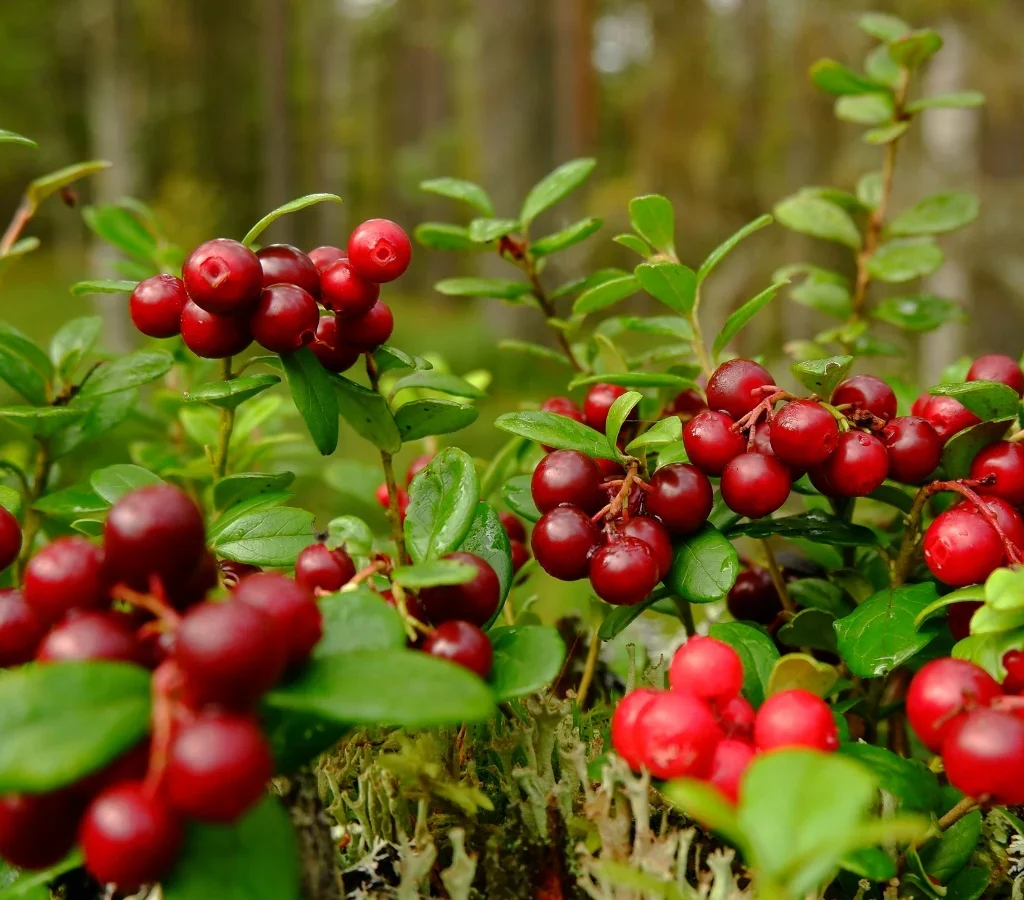Cranberries, those small, ruby-red berries with a tart punch, have become a global culinary staple. Traditionally known for their role in holiday sauces and juices, cranberries are now celebrated for their antioxidant-rich qualities and versatility in dried snacks, baked goods, teas, and health supplements. Though predominantly grown in North America, demand for cranberries reaches markets across the world. As their popularity surges, imports have become crucial for nations without the ideal growing conditions.
So — which country imports the most cranberries globally? Let’s explore the data, understand market trends, and reveal which nations fuel their cranberry cravings through international trade.
A Global Overview of the Cranberry Trade

Before we identify the top importer, it’s worth appreciating the scale of the cranberry market. Globally, cranberries are grown mostly in the United States, Canada, and Chile, which collectively account for over 95% of the world’s production. According to the Food and Agriculture Organization (FAO), global cranberry production in recent years has exceeded 750,000 metric tons annually.
Because of their highly seasonal harvest (typically from September to November), even producing countries rely on imports to meet off-season processing and retail demand. This is especially true for processed cranberries, such as frozen berries, dried fruit, and juice concentrates.
Which Country Is the Largest Cranberry Importer in the World?
The United States is the largest cranberry importer in the world.
Key U.S. Cranberry Import Data:
- Total imports (2023): Over 310,000 metric tons
- Import value: Approximately $2.1 billion USD
- Share of global imports: Roughly 47% of worldwide cranberry imports
Surprisingly, while the U.S. is also the top producer of cranberries (especially in states like Wisconsin, Massachusetts, and New Jersey), it continues to import massive volumes of cranberries every year.
Why Does the United States Import So Many Cranberries?

This might seem counterintuitive — why would the world’s largest cranberry producer also import the most? The reasons are largely logistical, industrial, and demand-driven:
Year-Round Processing Requirements
Cranberries aren’t just eaten fresh. In fact, more than 90% of cranberries grown in the U.S. are processed into products like juice, dried fruit, and sauces. These industries require a continuous, reliable, and cost-effective supply of cranberries throughout the year, especially in months when domestic harvests are unavailable.
Importing for Processed Varieties
Many of the cranberries imported by the U.S. come in frozen, dried, or juice concentrate form, sourced from countries like Canada and Chile. This enables the food processing sector to operate 12 months a year.
Geographic Proximity to Suppliers
Being close to leading exporters like Canada and Chile makes imports logistically efficient for the U.S. trade network. Shorter transport times lower costs and preserve fruit quality, especially for frozen and fresh cranberries.
Supplementing Seasonal Gaps
While U.S. cranberries are harvested in autumn, consumer and industrial demand remains consistent year-round. Imports fill this gap during the spring and summer months.
Major Exporters Supplying the U.S.
While the U.S. imports cranberries from several countries, two dominate the trade:
- Canada: As the second-largest cranberry producer globally, Canada supplies the U.S. with fresh, frozen, and processed cranberries, especially during and after its harvest season.
- Chile: With a climate ideal for cranberry cultivation and a harvest season that complements the U.S. off-season, Chile has grown into a significant cranberry exporter, shipping both frozen and fresh berries to North America.
These trade relationships allow the U.S. to maintain steady supplies for its consumers and food manufacturing industries.
Who Are the Other Top Cranberry Importers?

After the U.S., several European countries rank among the largest cranberry importers globally, with consumption largely driven by the popularity of dried cranberries, health-focused products, and beverages.
Top Global Cranberry Importers (2023):
| Rank | Country | Import Volume (Metric Tons) | Import Value (USD) |
|---|---|---|---|
| 1 | United States | 310,000 | $2.1 billion |
| 2 | Germany | 62,000 | $480 million |
| 3 | United Kingdom | 59,000 | $410 million |
| 4 | Netherlands | 57,000 | $395 million |
| 5 | France | 53,000 | $370 million |
These figures demonstrate the growing appeal of cranberries in European markets, particularly in Germany and the UK, where consumers increasingly incorporate cranberries into baked goods, breakfast cereals, yogurts, teas, and functional health products.
Cranberry Import Trends and Market Growth
Over the past decade, cranberry imports have surged globally, and several trends have fueled this growth:
Health & Wellness Focus
Cranberries are renowned for their antioxidant, vitamin C, and anti-inflammatory properties. Scientific studies linking cranberries to urinary tract health, immune support, and digestive benefits have driven demand for cranberry-based health supplements and beverages.
Growth in Processed Foods
The popularity of dried cranberries, cranberry snack mixes, and cranberry-infused energy bars has exploded in both North America and Europe. The global processed food industry’s demand for cranberries, particularly in dried form, has significantly increased imports.
Expansion of Cranberry Beverage Markets
Cranberry juice, both pure and blended with other fruit juices, remains one of the most consumed berry juices worldwide. To meet the rising demand, especially in off-harvest months, imports of cranberry concentrates and frozen cranberries have climbed steadily.
Emerging Markets
In recent years, countries like Japan, South Korea, and several Middle Eastern nations have started to increase cranberry imports as health and wellness trends expand beyond Western markets.
Regional Cranberry Trade Highlights

- Germany: Europe’s largest cranberry consumer and importer, particularly for dried and frozen cranberries used in pastries and health foods.
- United Kingdom: High consumption of cranberry juices and holiday sauces keeps import volumes consistently high.
- Netherlands: Acts as both a consumer and re-export hub, distributing cranberries across mainland Europe.
- Canada: Despite being a major producer, Canada imports processed and off-season cranberries for domestic consumption and industrial processing.
Future Outlook for the Global Cranberry Trade
The international cranberry market is expected to continue growing, with a projected CAGR of 4.2% through 2030. Key growth drivers include:
- Increased health awareness worldwide
- Rising popularity of functional beverages and natural health supplements
- Wider adoption of cranberries in savory dishes, snacks, and confections
- Ongoing innovations in dried cranberry products and fruit-based convenience foods
As production expands in countries like Chile and as new markets emerge in Asia and the Middle East, cranberry imports are set to climb even further.
Final Thoughts

To summarize:
- The United States is the world’s largest cranberry importer, with over 310,000 metric tons imported in 2023, valued at $2.1 billion USD.
- Key suppliers include Canada and Chile, ensuring year-round availability for U.S. processors and consumers.
- In Europe, Germany, the UK, the Netherlands, and France are top importers.
- Demand for cranberries, especially in processed forms like dried berries and juice concentrates, continues to grow, fueled by health trends and food industry innovation.
As global tastes evolve and health-focused diets gain traction, cranberries will remain a staple of international fruit trade for years to come.





